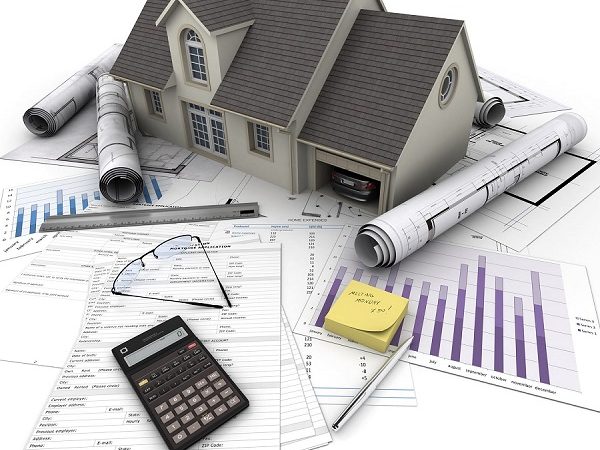Since its intro in the mid 1990’s, laser scanning has actually offered all the services carried out by conventional surveying approaches, and offered them at a fraction of the cost. Laser surveying is less costly than traditional surveying for three reasons: it reduces the surveying process; it needs less products of the property surveyor, and it supplies the client with data files that can be repurposed without the aid of the surveyor. Instead of getting draft after draft of a task till you have the total strategies, you can tailor your strategies by modifying one or more of the following information models: polygon mesh models, surface models, and CAD models.
Laser scanning is promoted by various organizations for the simpleness it brings to the surveying process, consisting of those that operate in police, archaeology, preservation, and the armed force. However maybe the greatest impact of laser scanning has been its effectiveness to two industries where spatial data event is an everyday necessity: the engineering market and the building and construction market.
One example of how laser scanning streamlines the work of engineering and building and construction companies can be seen in its application to pipeline surveying, which occurs in two standard capacities: the planning/surveying of interior pipelines that snake through buildings, and the planning/surveying of outside pipelines such as those utilized by the oil and gas market, which is the focus of this short article.
Pipeline Surveying Providers for Oil and Gas Pipelines
The services provided by scanning suppliers to business in the oil and gas industry fall under three locations: aerial surveying, land surveying and building and construction staking, and subsurface utilities engineering. For brevity’s sake, we note the scanning services associated with each of these areas.
Aerial Surveying
Scanning companies use the following services/applications for aerial surveying connected with pipelines: digital terrain modeling, shape mapping, high altitude route choice images, low altitude engineering style market, HCA research study imagery, planning and profiling sheets and FERC support displays.
Land surveying and Building and construction Staking
Scanning service providers offer the following services/applications for land surveying and building and construction staking related to pipelines: building staking, planning and profiling sheets, well place staking, boundary surveying, right-of-way easements, and preliminary center line and positioning staking.
Subsurface Utilities Engineering
Scanning companies use the following services/applications for subsurface utilities engineering connected with pipelines: visible surfaces include study, utility place and utility marking, CAD file preparation, relocation plans for energies, and non-destructive vacuum excavations.
If your business requires pipeline surveying and a scanning supplier isn’t found in your location, getting in touch with the nearby service provider must be sufficient. Due to the mobility of scanning devices and the pipeline surveying company, numerous scanning service providers are willing to travel nationally to total projects.


